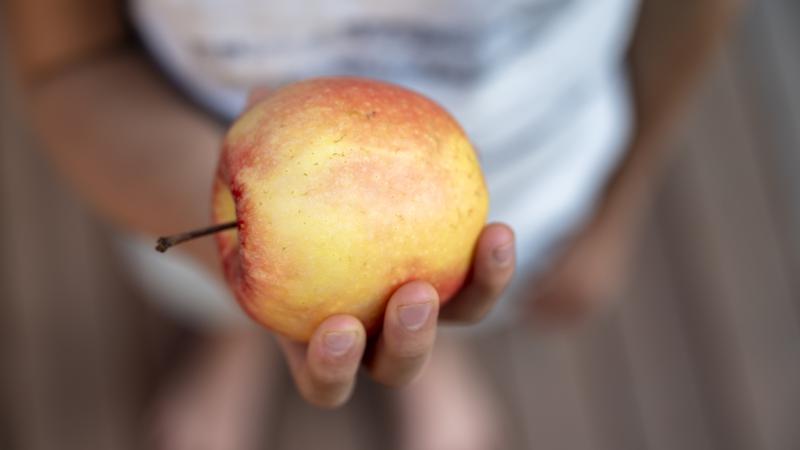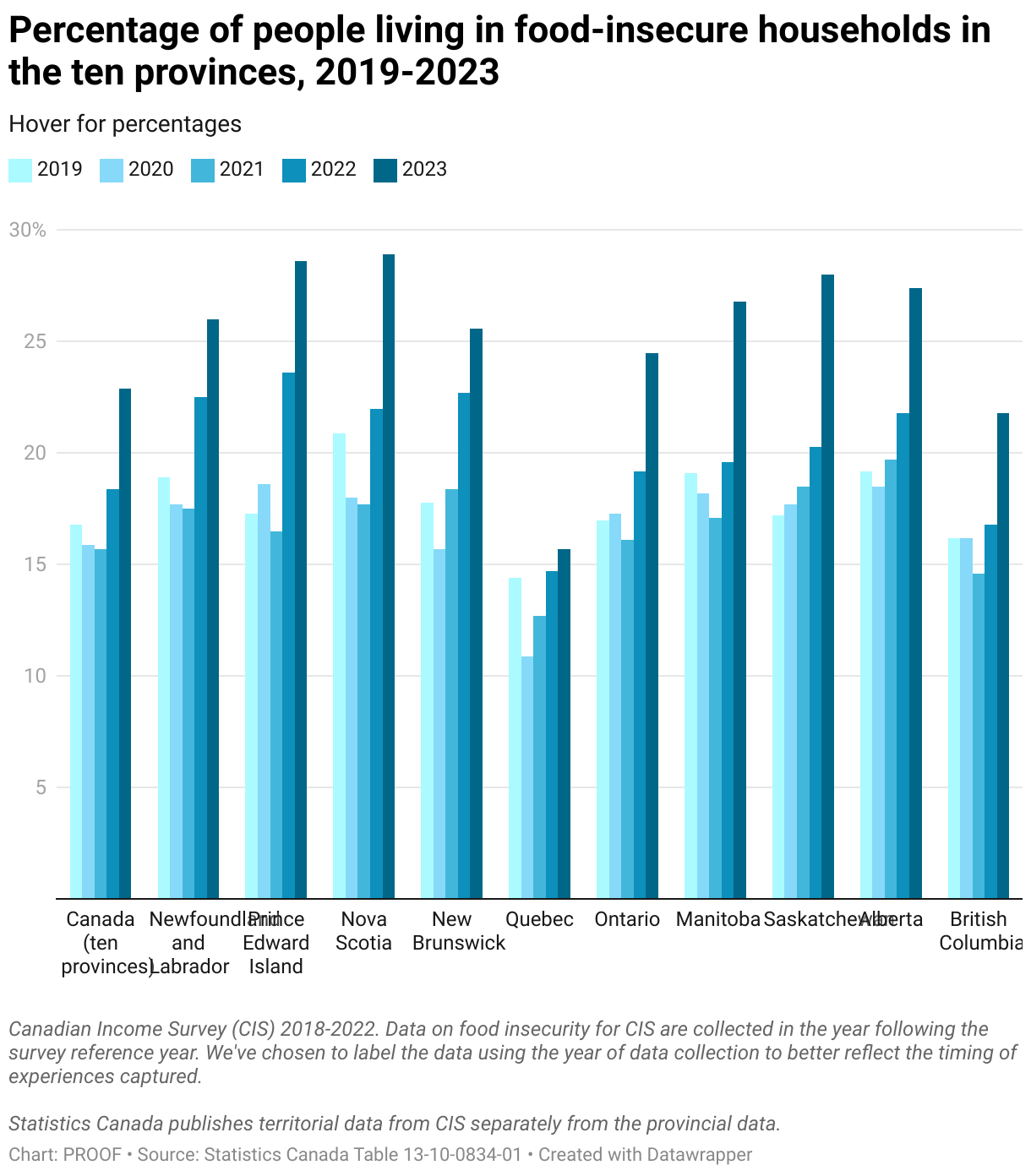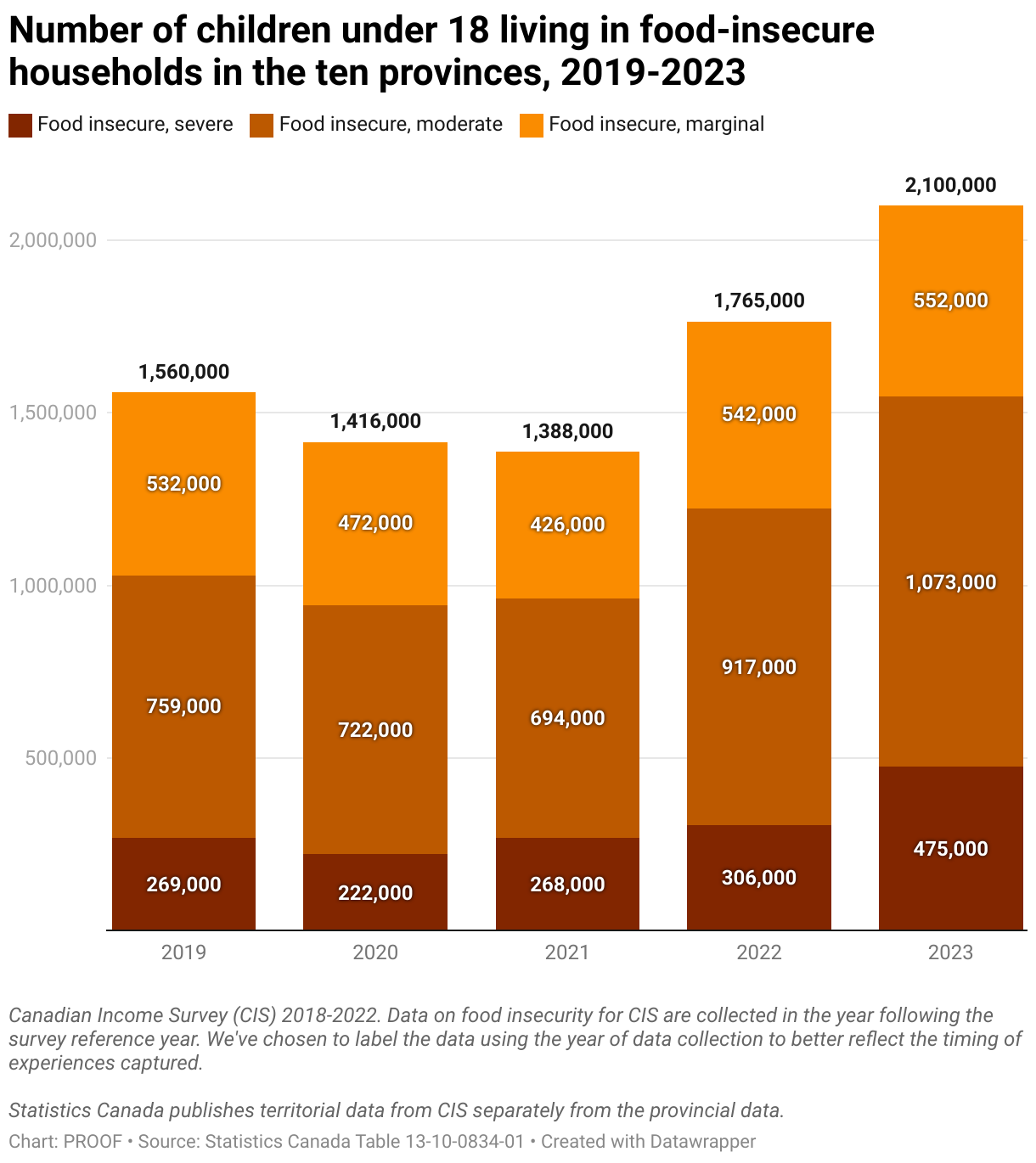
Canadian scurvy case sheds light on Saskatchewan’s rising food insecurity stats
Recently, a Canadian emergency room saw a 65-year-old woman with mobility issues, skin discolouration, and ongoing skin lesion problems. Her gums were bruised. And when doctors discussed her social status, the woman spoke of limited supports. Her mobility affected her ability to grocery shop. She mainly subsisted on processed cheese, canned foods, and white bread.
The diagnosis? Scurvy.
A Canadian Medical Association report published this month advised doctors to watch for signs and symptoms of vitamin C deficiency when admitting patients who face food insecurity.
While a wide-spread return of what was once a common sailor’s affliction centuries ago is unlikely, the latest case does shed new light onto a growing vulnerable population, according to one nutrition researcher.




